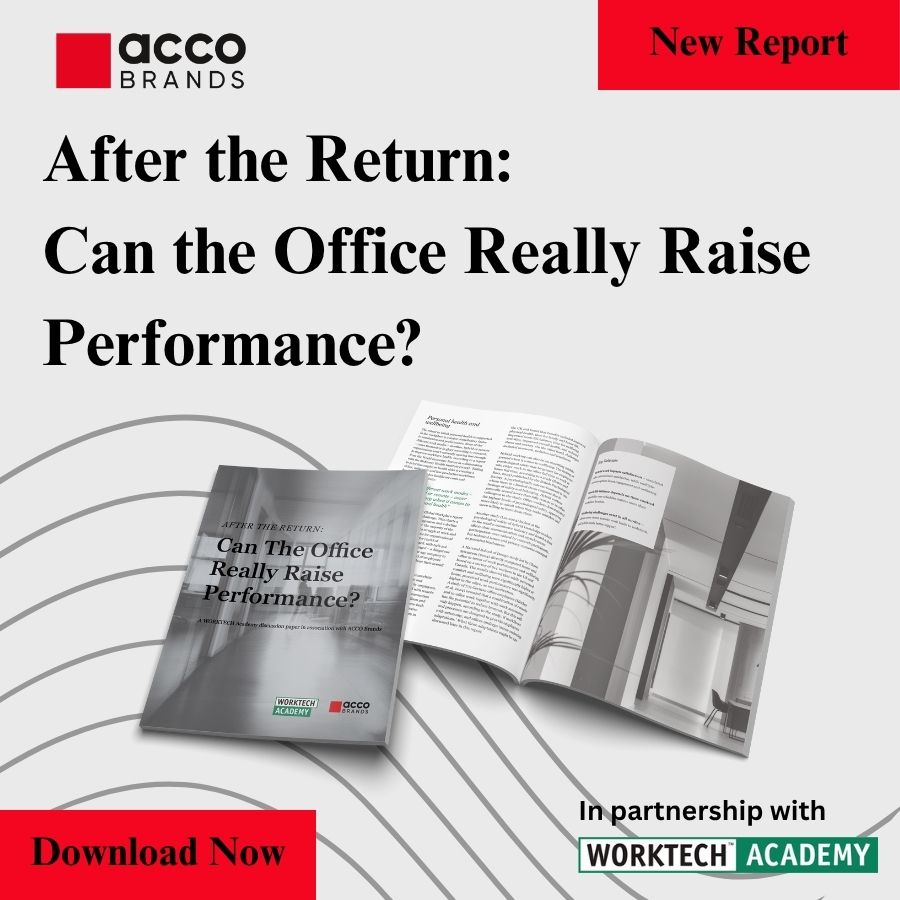Is higher work intensity driving low employee wellbeing?
The working world has become obsessed with where we work, but it’s the increasingly frantic process of work that we should worry about, according to a new UK report on ‘work intensification’
Much of the debate about the new economy emerging after the pandemic has focused on where we work: to return to the office or work from home has dominated the discourse. But could it be that how we work is just as important to individual wellbeing and company performance?
If work itself is becoming more intense and tasks are becoming harder to complete, then all the talk about working from this or that place in a hybrid world is unlikely to prevent record levels of employee burnout. According to a new report from the TUC, which represents more than 5.5 million people in 48 unions across the UK, a process of ‘work intensification’ is underway. This is putting workers under severe strain.
Work intensity comprises several elements, according to the report. These include: the rate of task performance; the intensity of those tasks in terms of physical, cognitive and emotional demands; the extent to which they are performed simultaneously or in sequence, continuously, or with interruptions; and the gaps between tasks.
The impact of employees having to pack more work into working hours, with work spilling over into their private lives, is evident from the TUC survey of 2,000 workers. Three out of five workers polled (61 per cent) feel exhausted at the end of each day; a majority of workers (55 per cent) believe that work is getting more intense over time.
Angry during the day
These UK-based results chime with global reports of current employee sentiment. Gallup’s latest workforce survey is a sobering read, recording high levels of stress and even anger among employees. Gallup suggests that ‘the majority of the world’s employees are quiet quitting’. Only 10 per cent of British workers feel engaged, for instance; a far higher percentage (19 per cent) feel angry for much of the working day.
Work intensification could well be contributing to this dispiriting picture, but what should be done about it? The answer, according to workplace culture expert Bruce Daisley, is to change how you manage people and build a better workplace culture. This might not be as hard to achieve as some managers believe, he suggests.
According to Daisley, ‘Workplace culture is frequently the product of three things that we barely even notice: buildings, calendars and messaging. Most of us have recognised that the first of these three things, our buildings and how we use them, is far more negotiable than we realised. Organisations who aren’t willing to consider how to adapt the use of the other two shouldn’t expect our experience of work to change.’
A perfect storm
This is an interesting perspective that puts the workplace into context alongside other organisational factors that drive culture. Daisley advocates a policy of meeting-free days or silent meetings to lessen the intensity of work. However, the ‘perfect storm’ of work intensification discussed by the authors of the TUC report – combining declining levels of worker autonomy and growing use of surveillance technology with unsustainable productivity targets, excessive workloads and staff shortages – might well require more radical measures.
Ultimately, the conditions that the TUC describes as ‘a recipe for burnt-out Britain’ will need to be confronted in other parts of the working world. The accelerating pace of technological and organisational change is leaving many employees lying in the dust. Some slackening of work intensity might at least soften the landing. Whatever happened to building back better after the pandemic?








